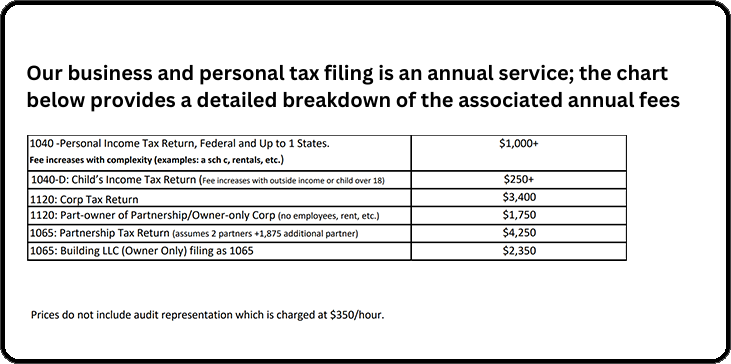Tune in to our podcast series: The Dental Board Room
Listen Now

The dental industry has always been a mix of steady need and shifting economics. But the Q3 2025 ADA Health Policy Institute report reveals something unusual: a sector that isn’t crashing, yet isn’t exactly climbing either. It’s stuck in what many are calling a “holding pattern.”
From dentist confidence to costs and staffing, every part of the dental economy seems to be moving, but not necessarily moving forward. Here’s what the data and the lived experiences of dentists tell us about this strange midpoint in the market.
The report opens with a snapshot of sentiment across three levels: the national economy, individual practices, and the dental care sector as a whole.
These numbers show cautious optimism at best. Things aren’t deteriorating, but they’re nowhere near the enthusiasm dentists felt earlier in 2025. Most describe their outlook as “stable but uncertain.”
When asked what drives their unease, dentists point to global and national issues that feel far beyond their control: tariffs, geopolitical unrest, and domestic instability. Others, the more optimistic minority, still trust the long-term strength of the U.S. economy and existing trade policies.
That division captures the mood of the quarter, one part realism, one part resilience.
A recurring phrase throughout the report and the podcast is “fiscal squeeze.” It’s the pressure that comes from one side (rising costs) pushing against another (stagnant reimbursements and cautious patients).
Supplies cost more. Staffing costs more. Insurance pays the same. And patients, still navigating post-pandemic budgets, aren’t spending freely on elective care.
The biggest pressure points dentists named:
This combination is what’s keeping the sector from gaining altitude. Even dentists who want to grow face the reality that their margins are eroding from both ends.
Yet, what’s striking is that most practices aren’t retreating. They’re adapting.
According to the ADA data:
Technology upgrades often focus on streamlining scheduling, automating billing, or managing patient communication, anything that makes teams more productive without adding headcount.
Meanwhile, hiring remains a sign of cautious faith. Dentists may be trimming in some areas, but they’re still betting on growth in others. These actions reflect a mindset shift: even in a holding pattern, the goal is to prepare for lift-off.
Economic caution isn’t limited to providers. Patients are recalibrating their priorities, too.
Many practices report that routine visits are stable, but elective treatments are being postponed. The data supports that sentiment: patient spending is up 4% in 2025, yet the share of dentists saying they’re “not busy enough” jumped from 25% to 35% within one quarter.
So even with higher spending totals, appointment books tell a different story. It’s not a shortage of money in the system; it’s how that money is being distributed, fewer people spending more per visit rather than more people coming in.
That makes planning tricky. A practice might see revenue rise slightly even while operating below capacity. The risk is that this “new normal” of light schedules can make small profitability swings feel more dramatic.
Despite cost pressures and uneven patient flow, there’s a thread of optimism that runs through the data. Dentists know one thing for certain: oral health never goes out of style.
People will always need cleanings, fillings, and restorations. That’s a built-in demand safety net.
There’s also a demographic shift that may work in younger dentists’ favor, a wave of baby boomer retirements. As older practitioners exit the field, patient loads may consolidate under fewer active providers, potentially increasing patient volume for those who remain.
In other words, the short term feels tight, but the long-term fundamentals remain sound.
The term “holding pattern” might sound passive, but in reality, it’s anything but. It’s a test of endurance and strategy.
Here are the key takeaways from the Q3 data and the Dental Boardroom discussion:
So where does the dental economy go from here? The data suggests slow, steady movement rather than sharp rebounds. Inflation may ease, but the reimbursement gap isn’t closing anytime soon.
The real story is about how practices respond. Those investing in smarter systems, sustainable staffing, and transparent pricing models are already positioning themselves for the next upswing.
In a holding pattern, staying level isn’t failure; it’s survival with strategy. The practices that master that balance today will likely define what success looks like when the economy climbs again.
Watch the complete episode of The Dental Boardroom Podcast to hear how Wes Read unpacks the latest ADA data and what it means for your practice.
Wes knows what's best for dental practices. He's been doing this for a long time and he sees lots of practices. He can tell me how our practice is doing, and what we can do to increase our productivity. With past CPA's, there were no ideas. It was all coming from me, saying "I think I can do better, but I don't know how." I come in to meet with Wes and he says "You CAN do better, and I know how."
PracticeCFO is in hundreds of dental offices around the country. They know what numbers should look like. They know what percentages of payroll, rent and supplies should be, and they will hold you accountable to those numbers, which will really help you stick to your plan and your path of growth and savings. That is invaluable
Whenever something comes up, whether it's building or practice related and we weren't sure where the numbers would go, PracticeCFO has been instrumental in helping us figure that out. I can't say enough of how important that is - that it goes beyond that initial partnership. They make sure this business marriage works.
When I go home from work, I don't spend a whole lot of time stressing about what my books look like, or how much I owe in taxes. By using PracticeCFO, the burden of keeping track of a lot of the big financial numbers and metrics are taken off my plate.
PracticeCFO helped me develop a plan for the future. I have colleagues that work with other accountants that don't have a plan - they just look at the numbers of the practice and that's it. There's no plan for 10, 20 years from now. But with PracticeCFO, you get that. PracticeCFO makes you feel like you're they're only client.
(In reference to his practice sale) What could've been super stressful, wasn't! When picking John and Wes, it was from word of mouth recommendations and other people's experiences from the past that really did it for me. And it turns out that those recommendations were right on the line.
Wes knows the business side of dentistry. His comprehensive plan will organize your personal and professional finances so you can focus on taking care of patients. Massive ROI.
I can’t say enough good things about everyone at PracticeCFO. Everyone on the team is professional, organized, knowledgeable, helpful and kind. They also respond to emails and phone calls immediately and are always happy to help. They have helped me navigate year-to-year as a business owner. PracticeCFO gives me peace of mind that my business is in good hands.
I love Practice CFO! They have helped me obtain a practice and maintain a practice. They are incredible people who are on top of everything and make owning and running the business portion of a practice easy. They couldn’t be better for my business and my sanity. They have every detail of the business and taxes taken care of where all I have to do is show up and follow their easy steps to success!
Practice CFO has the best tools I’ve seen for personal tax and financial planning in addition to top-tier corporate tax and accounting services. I have been very pleased with the level of quality service. They manage my monthly bookkeeping and accounts payable. It is a great system and saves me a ton of time, and it allows us to have monthly financial statements within a week of month end.

This will close in 0 seconds